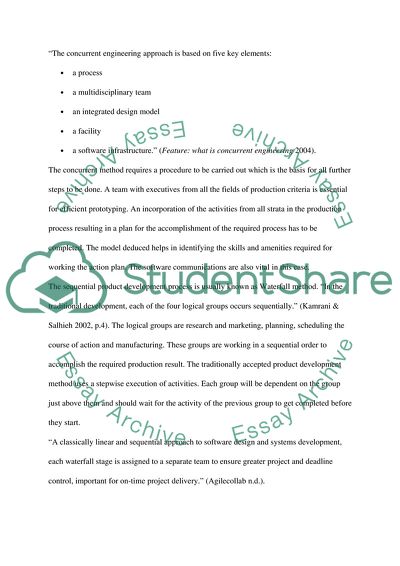Cite this document
(The Product Development Processes Assignment Example | Topics and Well Written Essays - 3500 words, n.d.)
The Product Development Processes Assignment Example | Topics and Well Written Essays - 3500 words. Retrieved from https://studentshare.org/marketing/1727764-assignment
The Product Development Processes Assignment Example | Topics and Well Written Essays - 3500 words. Retrieved from https://studentshare.org/marketing/1727764-assignment
(The Product Development Processes Assignment Example | Topics and Well Written Essays - 3500 Words)
The Product Development Processes Assignment Example | Topics and Well Written Essays - 3500 Words. https://studentshare.org/marketing/1727764-assignment.
The Product Development Processes Assignment Example | Topics and Well Written Essays - 3500 Words. https://studentshare.org/marketing/1727764-assignment.
“The Product Development Processes Assignment Example | Topics and Well Written Essays - 3500 Words”, n.d. https://studentshare.org/marketing/1727764-assignment.


